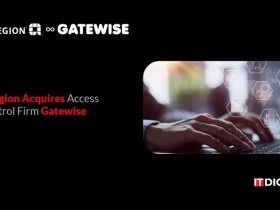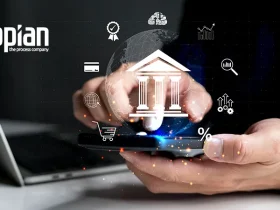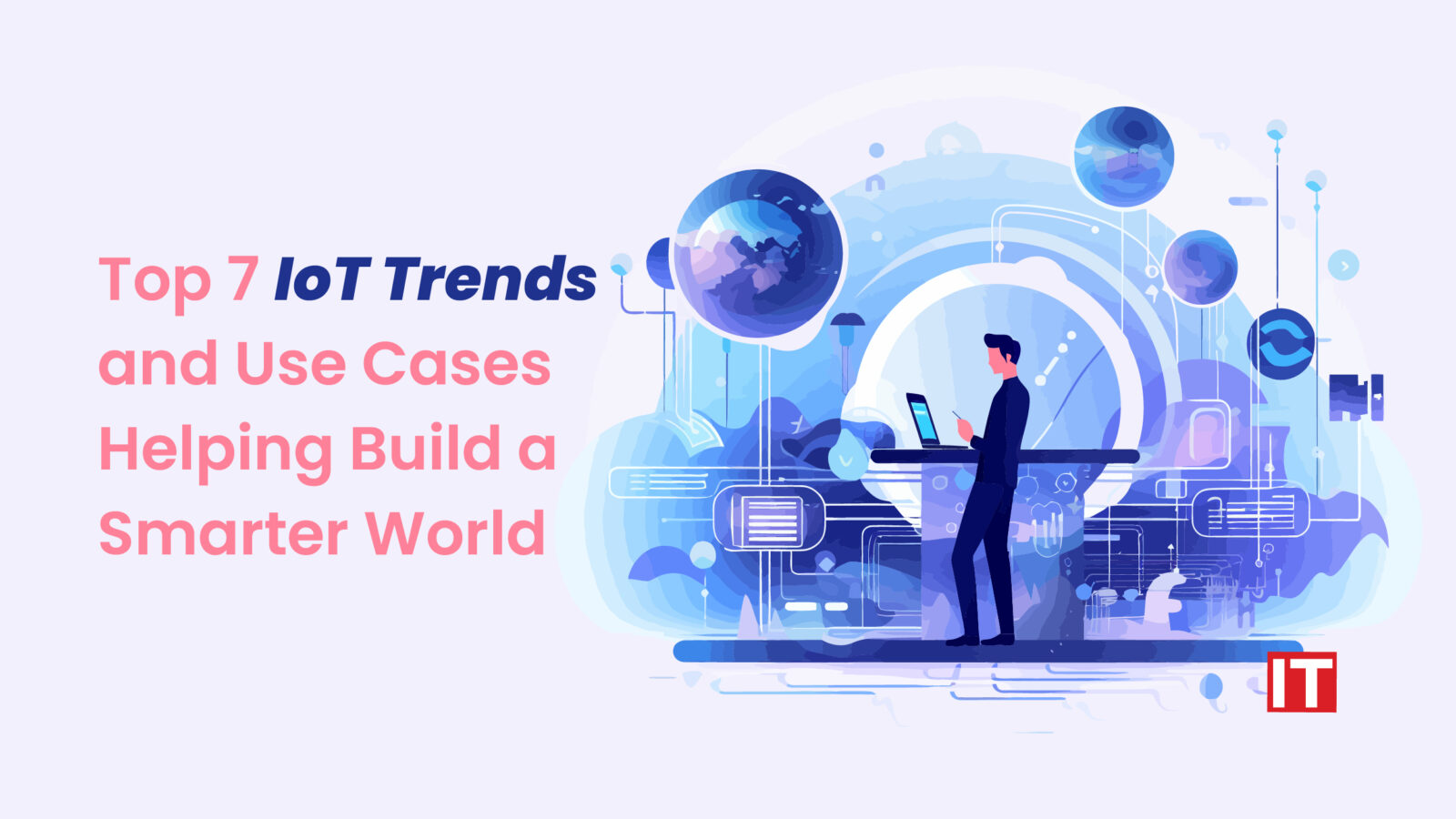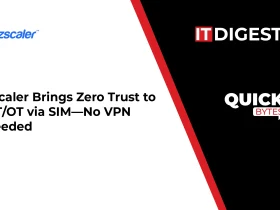The Internet of Things (IoT) has become an integral part of our connected world, driving significant trends and offering a multitude of use cases across industries. In this introduction, we will explore some of the key IoT trends and use cases while also examining how organizations are leveraging IoT in practical and innovative ways.
IoT Trends and Use Cases: Disclosing the Future of Connected Living
One of the major IoT trends and use cases is the adoption of edge computing. This allows data to be processed closer to the source, reducing latency and improving efficiency. Another trend is the use of artificial intelligence (AI) and machine learning (ML) to analyze the vast amounts of data generated by IoT devices. This enables companies to make more informed decisions and optimize their operations.
7 IoT Trends and Use Cases for 2024
Here are seven major IoT trends and use cases:
Digital Twins And The Metaverse
Though digital twins are a relatively new technology, they are already being adopted by many businesses that have IoT systems in place. Digital twins, in essence, let you evaluate a service, method, or business strategy based on data acquired without risking real-world assets.
For instance, workers can develop alternative optimization models, test ideas, and foresee potential problems using a digital twin of a manufacturing process in a plant. All of this takes place in a digital world; however, in the real world, plant employees will only use the most appropriate optimization model and cut costs when possible.
Even though it is a more recent idea, the Metaverse is gaining popularity and is based, among other technologies, on digital twins. Metaverse technology can be thought of as an enlarged digital twin of a real-world space where individuals can interact with one another. Soon, it will be possible to work, study, shop, go to a doctor’s appointment, and have fun in the metaverse. It may even develop into a complete digital twin of our reality.
Also Read: The Ultimate Guide to the Best Data Visualization Tools in 2024
IoT Trends in Security: Guardians of Connection
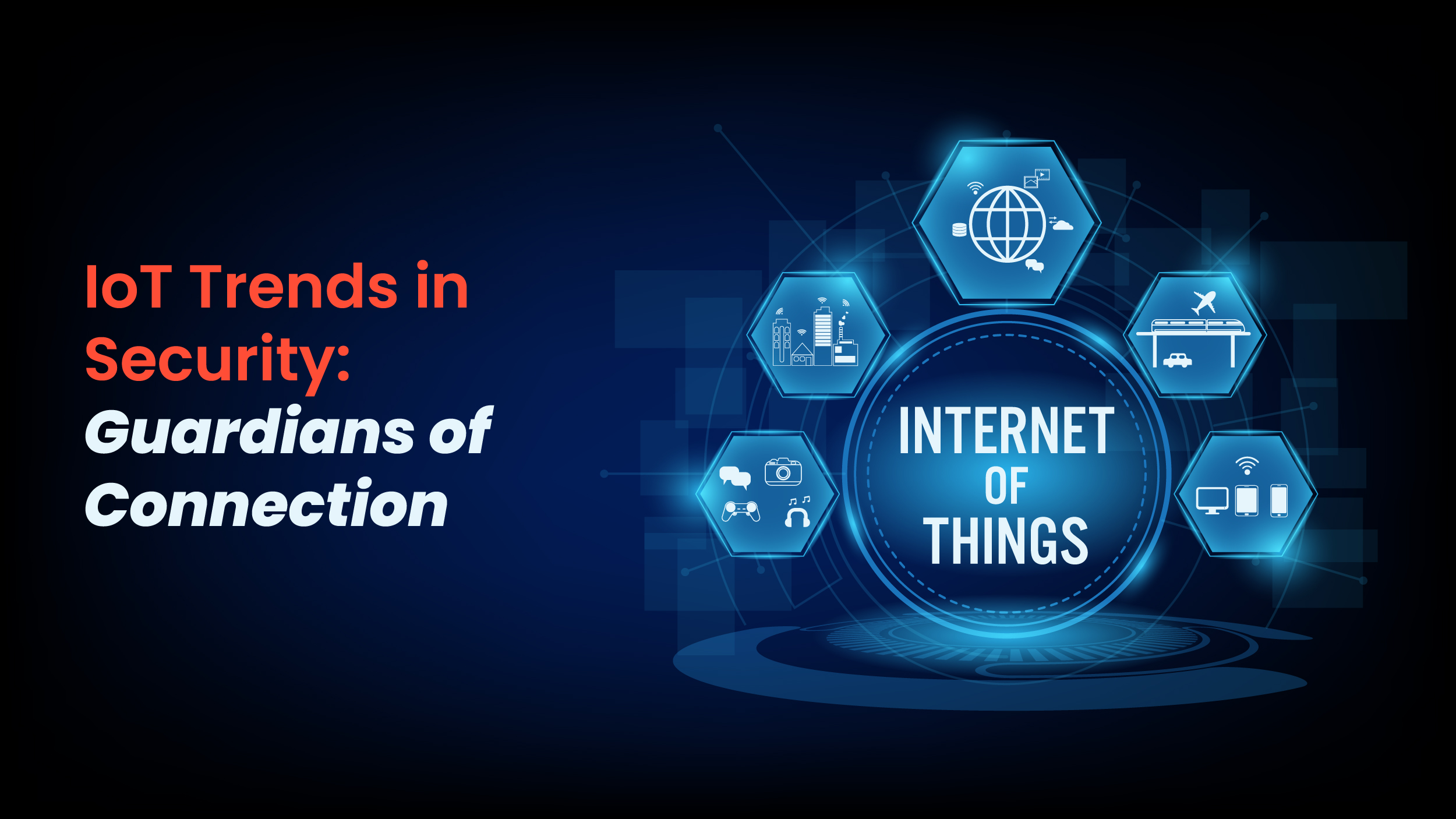 Remarkably, all your devices can communicate online. However, there’s a downside: the risk of cyberattacks and hacking targeting IoT. To address this, security measures will be strengthened starting in 2023 to safeguard your online data from malicious threats.
Remarkably, all your devices can communicate online. However, there’s a downside: the risk of cyberattacks and hacking targeting IoT. To address this, security measures will be strengthened starting in 2023 to safeguard your online data from malicious threats.
Enhanced security for IoT consumer devices should help prevent cyberattacks and hacking. The U.S. National Security Council plans to introduce standardized security labeling by early next year. Spending on IoT security measures hit $6 billion in 2023, marking a substantial 300% increase from 2018.
Transforming Patient Care with IoT Trends and Use Cases in Healthcare
IoT adoption and other significant expenditures in digitalization are occurring in the healthcare industry. As it enables better diagnosis and a personalized approach to therapy, the Internet of Things has the power to completely alter the sector. It makes sense that an autonomous branch of the digital health idea called the Internet of Medical Things (IoMT) has emerged.
Hospitals all across the world have started to employ IoT in the following ways:
- patient data collection and analytics
- medical wearables
- robotic surgery machines
- smart diagnostic tools
- systems for keeping an eye on patients and regulating lab storage conditions.
Governance and Regulation in the IoT Space
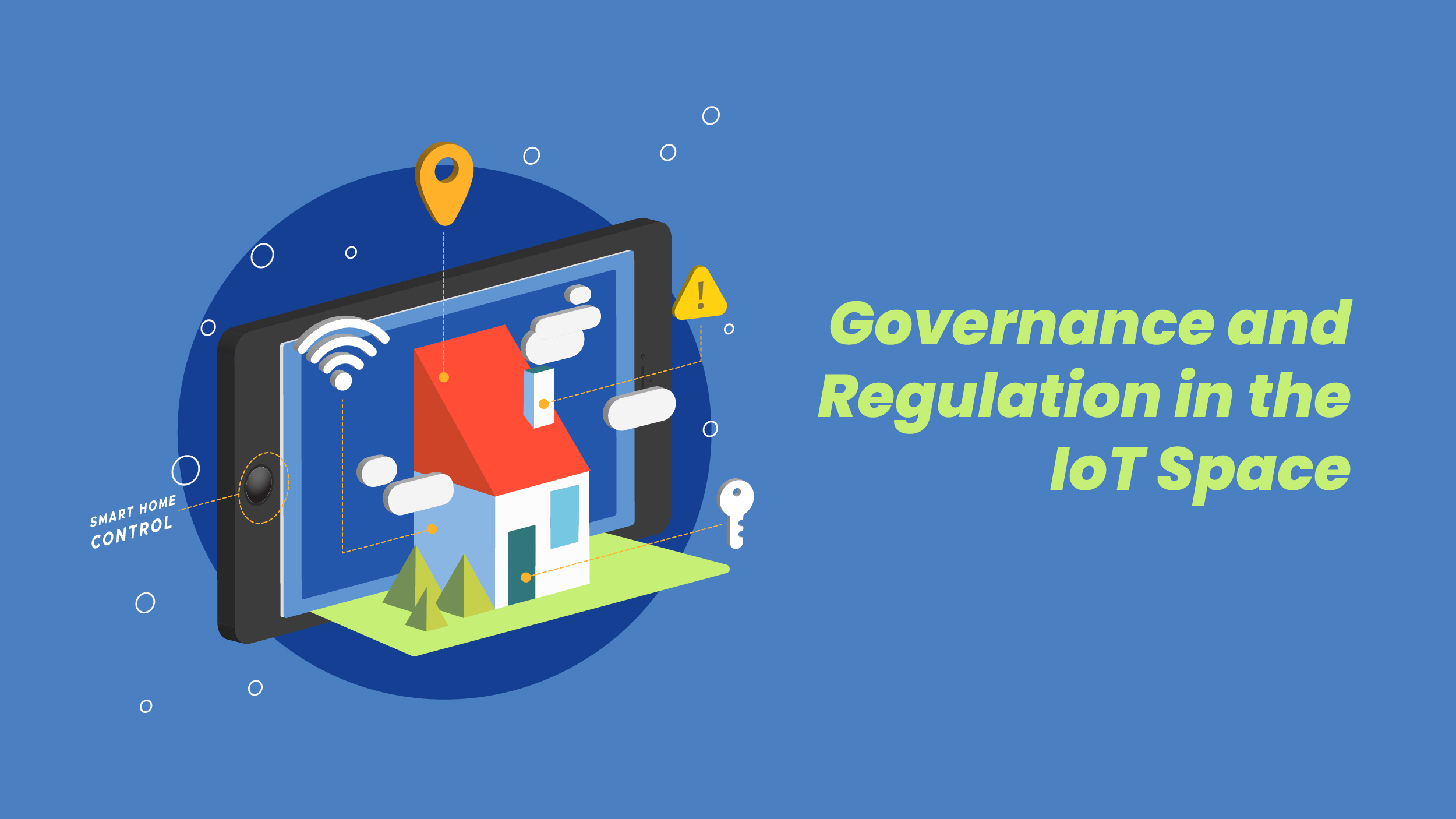 For more than ten years, there have been discussions about the security of the Internet of Things. Nonetheless, California was the first state to approve one of the first pieces of legislation intended to protect IoT devices in 2018. According to the agreement, manufacturers of smart devices must create exclusive login and password combinations for their products.
For more than ten years, there have been discussions about the security of the Internet of Things. Nonetheless, California was the first state to approve one of the first pieces of legislation intended to protect IoT devices in 2018. According to the agreement, manufacturers of smart devices must create exclusive login and password combinations for their products.
Since then, higher-level discussions about IoT security regulation have taken place in other nations. A major global trend in 2024 will be the creation of rules and standards about the security of connected devices.
- The Cyber Resilience Act and certification norms are being developed by the European Union. All smart gadgets sold in the EU must abide by this set of guidelines. The entire IoT production cycle will be impacted by the rules. Developers must provide security upgrades for five years and notify the regulator of any vulnerabilities they find.
- The Product Security and Telecommunications Infrastructure (PSTI) Bill, a regulation instrument, was approved by the UK government in December 2022. It forbids smart device manufacturers from using standard passwords and requires them to let users know how frequently and for how long device security upgrades will be given. The regulator will keep an eye on adherence to the rules and will have the authority to levy fines of up to 4% of the company’s yearly revenue.
In terms of use cases, IoT is being used in a variety of industries, such as healthcare, transportation, and agriculture. In healthcare, IoT devices are being used to monitor patients remotely and track their vital signs. In transportation, IoT sensors are being used to optimize logistics and reduce carbon emissions. In agriculture, IoT is being used to monitor crops and livestock, enabling farmers to make data-driven decisions and improve yields.
Listed below are some of the most important IoT use cases in different industries:
IoT Trends and Use Cases in Healthcare
On-premise patient experience: To shorten wait times, display the current load of emergency rooms or general practice rooms. This aids in boosting sales and enhancing patient satisfaction.
Patient monitoring and chronic disease management: Keep an eye on your well-being and exercise levels to manage any chronic conditions (fitness trackers, other consumer wearables). Everything is to lower readmission rates and enhance medical results. Revenue is raised, costs are reduced, company risk is reduced, and patient experience is enhanced.
Drug management: Reduce the number of medications consumed to lower readmission rates and enhance health outcomes.
Staff operations: To increase staff productivity, equip hospital staff (doctors, nurses, management, and cleaning) with connected devices (such as tablets). Costs are reduced, and employee satisfaction is increased as a result.
Remote surgery: To enhance access to surgical services, perform surgery on a patient even though they are not physically present at the same place as the doctor.
IoT Trends and Use Cases in the Government/Public Sector (“Smart Cities”)
Public space surveillance: To improve public safety, networked security cameras can be used to monitor public areas, including military and border enforcement operations as well as emergency response activities.
Road and traffic management: To have better-organized traffic systems that lead to a smoother flow of traffic and fewer idle vehicles, buses, and trucks caught in traffic jams, collect data from CCTV feeds, and pass vehicle-related data to city traffic control centers. Reduce pollutants while achieving shorter run durations and more effective use of natural resources (such as gas).
Parking management: To manage demand and improve space use, keep tabs on the available parking spots and entrances and exits of parking garages or lots. Provide a way to reserve a spot and individualized parking assistance.
Waste management: To reduce truck rolls, increase operational effectiveness, and enhance the citizen experience, monitor the condition of the waste treatment areas.
IoT Trends and Use Cases In Retail
- Automated Checkout: The checkout process can be integrated into the shopping experience by arming brick-and-mortar employees with portable POS machines or by using AI, connected cameras, smart shelf and store sensors, and smart stores. Reduces theft, converts more customers into busy environments, and saves on labor by enhancing the shopper’s experience and staff efficiency.
- Inventory Management/Optimization: To anticipate restocking needs, modify pricing more often, and better monitor and manage consumption, connect vending machines or other consumer-facing dispensing equipment.
- Supply Chain Optimization: gain visibility into product movement, environmental factors, and location throughout the whole supply chain process to forecast exact delivery timings. Compare the effectiveness of various vendors.
Final Takeaway on IoT Trends and Use Cases
IoT trends and use cases have emerged as beneficial factors for businesses across various sectors. From smart cities to wearables, supply chain management to energy optimization, organizations are leveraging the power of IoT to revolutionize their operations, enhance productivity, and improve decision-making. The IoT’s ability to connect devices, collect and analyze data, and enable seamless communication has created a new era of connectivity and automation. As IoT continues to evolve and mature, businesses that embrace IoT trends and harness its diverse use cases will gain a competitive advantage, drive innovation, and shape the future of their industries.








